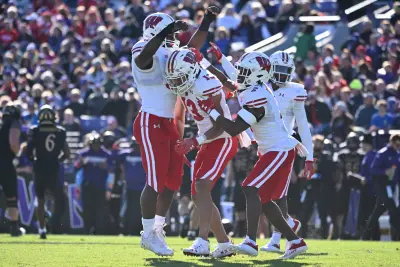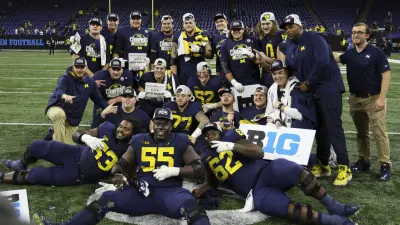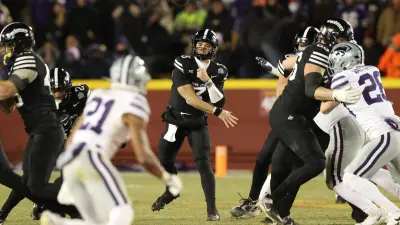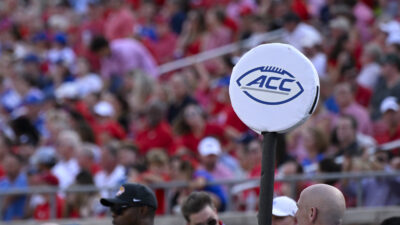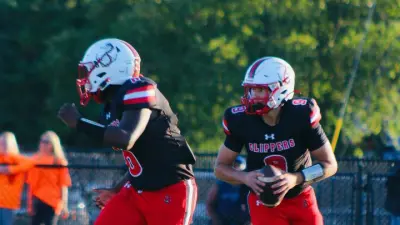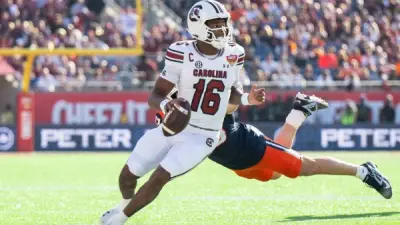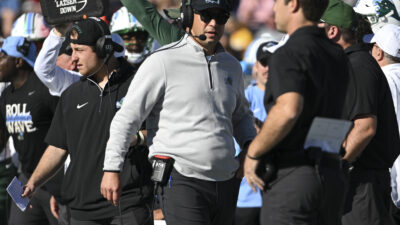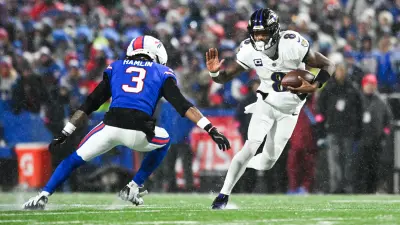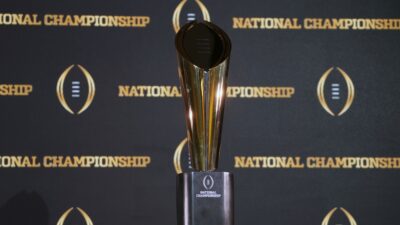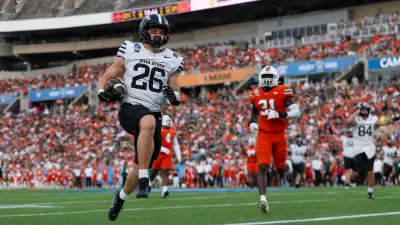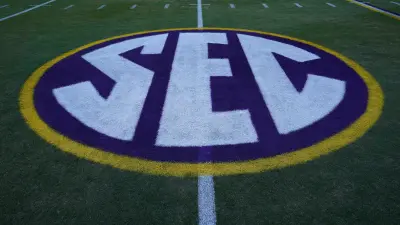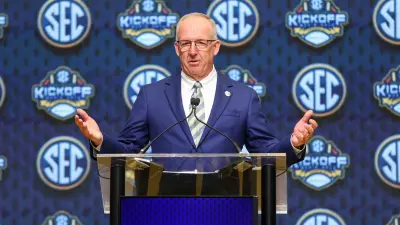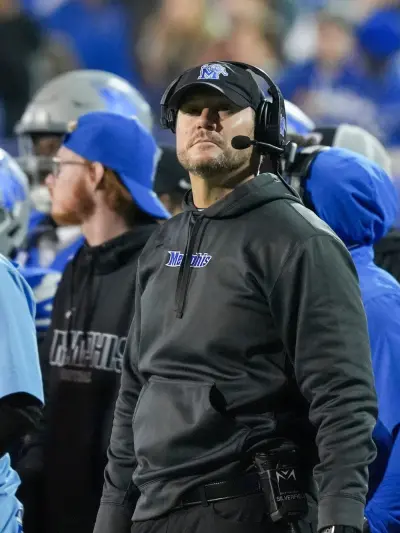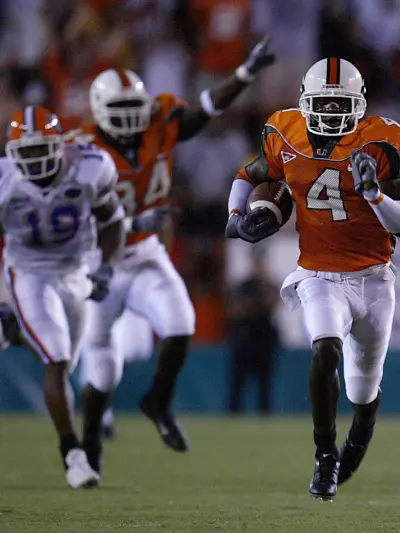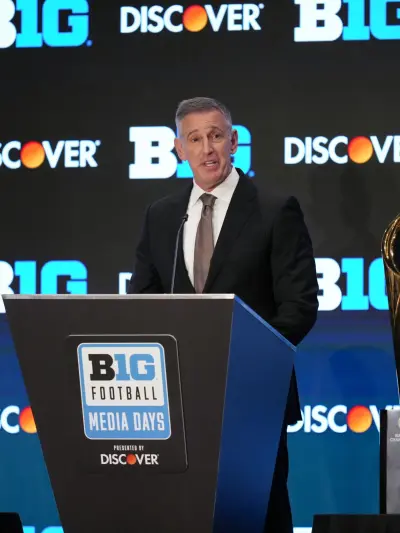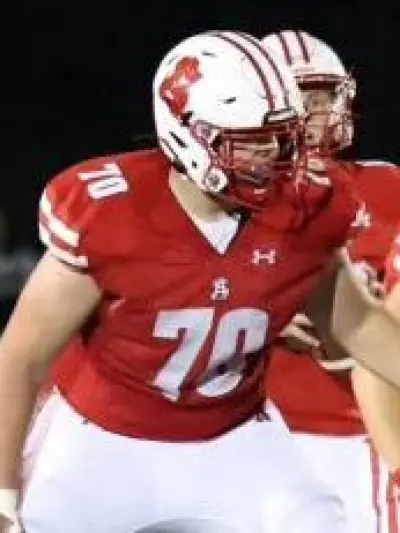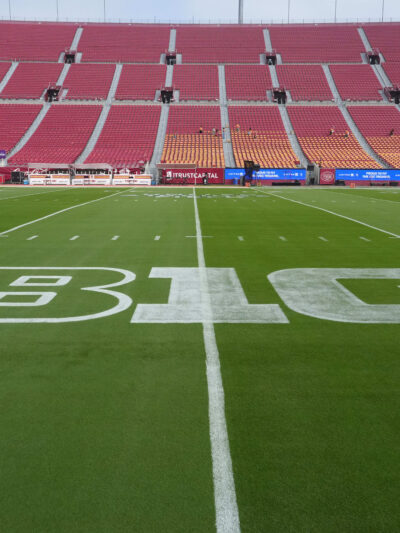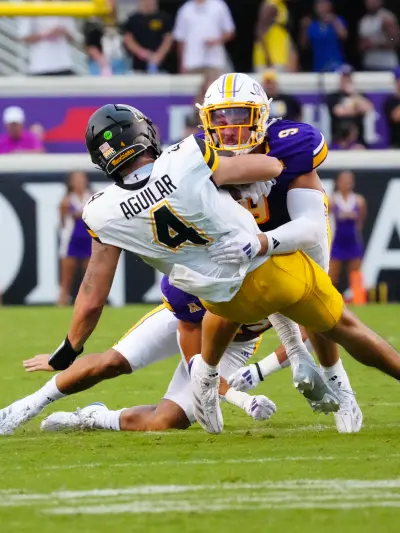This article covers the improvements each Big Ten team needs to make next year to take a step forward.
Illinois: Finish Drives in the Red Zone
Illinois vastly improved in Bret Bielema‘s second year, winning eight games led by the nation’s best-scoring defense. The Big Ten west runner-up’s offense was good enough to carry their weight, but not when they were in the red zone. The Illini only scored a touchdown on 24/51 red zone trips (47% touchdown rate), with seventeen field goals (80% score rate). Only one other conference team finished below a 50% touchdown rate, and Illinois was in the bottom five in red zone scoring percentage. Leaving points on the board kills every team, especially one without an explosive offense.
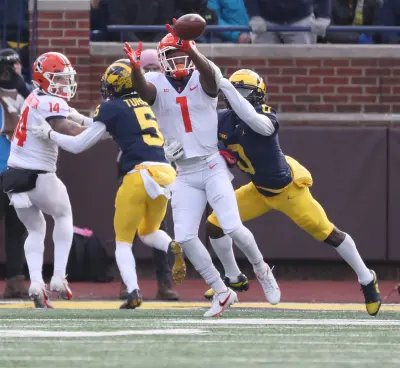
Indiana: Work On the Team Defense
After starting 3-0, Indiana collapsed and lost eight of their last nine. The biggest reason for this is the horrific defense the Hoosiers played, finishing last in the Big Ten by giving up 450.3 yards per game, 274.2 passing yards per game, 33.9 points per game, and finishing bottom four with 176.2 rushing yards per game. Indiana needs to shut offenses down in order to give Bloomington some life during fall again.
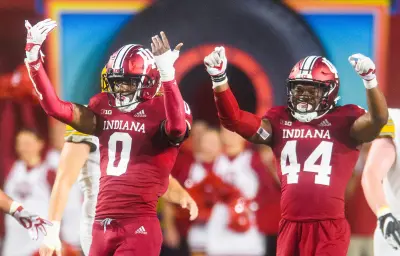
Iowa: Improve Everything on Offense
Do I even need to explain this? Iowa once again had a top-flight defense that held opponents to ten or fewer points in nine games, yet lost two. The Hawkeyes had the fewest yards per game (251.6), and rushing yards per game (94.9), and were second and third to last respectively in passing yards and points per game among Big Ten teams (156.7 and 17.7). The offense was so awful that the offensive coordinator and head coach’s son Brian Ferentz had his contract adjusted. Now, if Iowa doesn’t win seven games and score more than twenty-five points per game, he’s gone.
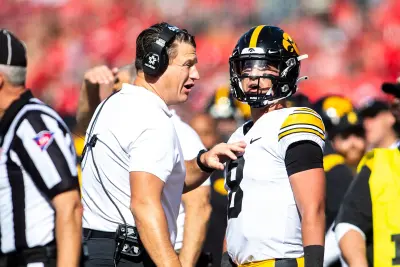
More Sports News
Maryland: Protect Taulia
The 2022 Terps had a very good offense which finished in the upper half in most categories. However, they finished last in the Big Ten in one: sacks allowed. Maryland quarterbacks were sacked 3.31 times per game, losing a grand total of 291 yards. A better-protected quarterback alongside another year of development can lead to a possible fantastic year in 2023.
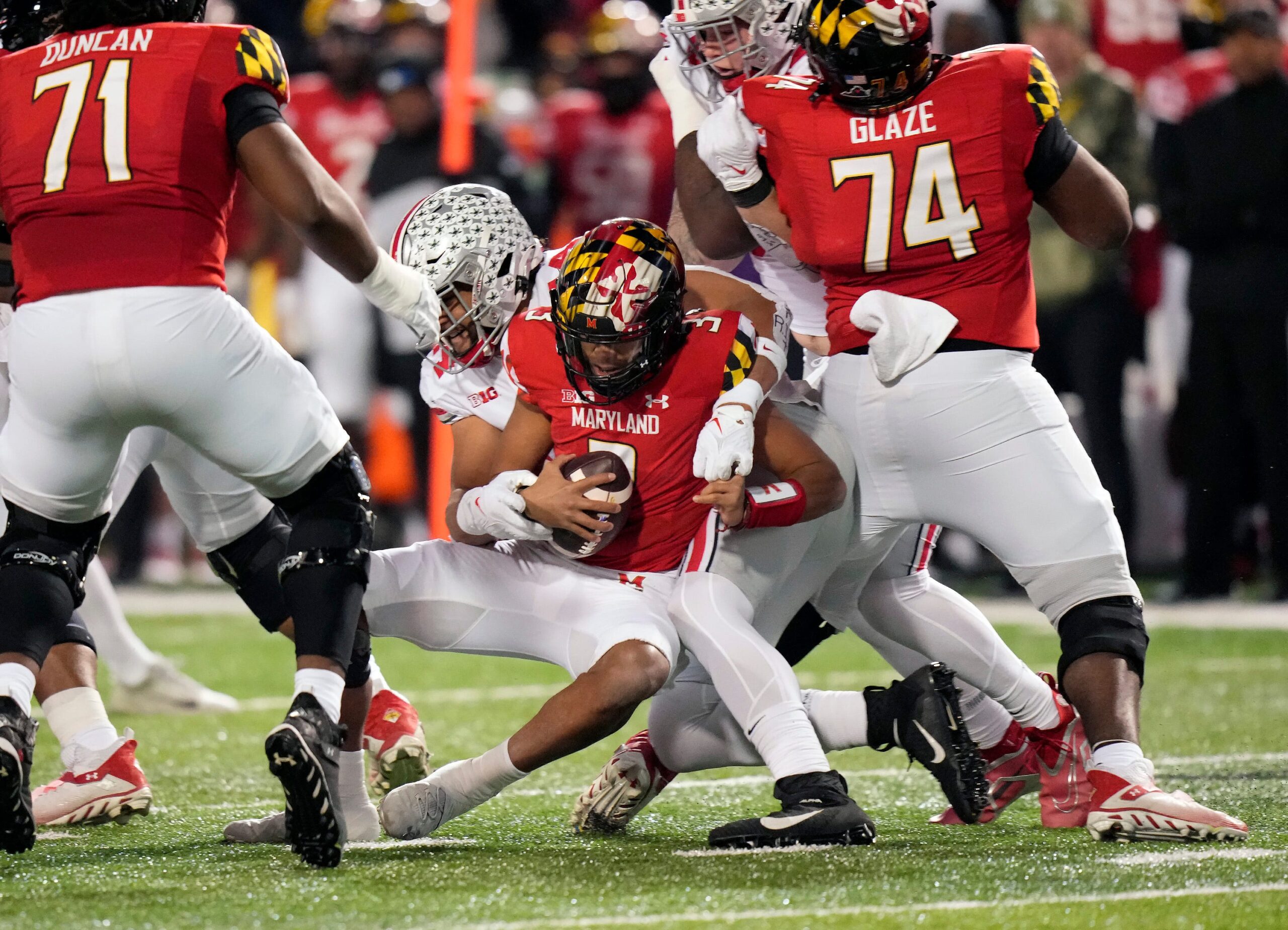
Michigan: Play Better in the First Half
It’s very hard to criticize a conference champion and playoff team, but with that being said, the Wolverines need to improve their play in the first half. Michigan was tied or losing at halftime in five games. While four games turned into blowout wins, the fifth, against TCU led to Michigan’s season-ending. The Wolverines are too good of a team to be playing down to their competition in the first half.
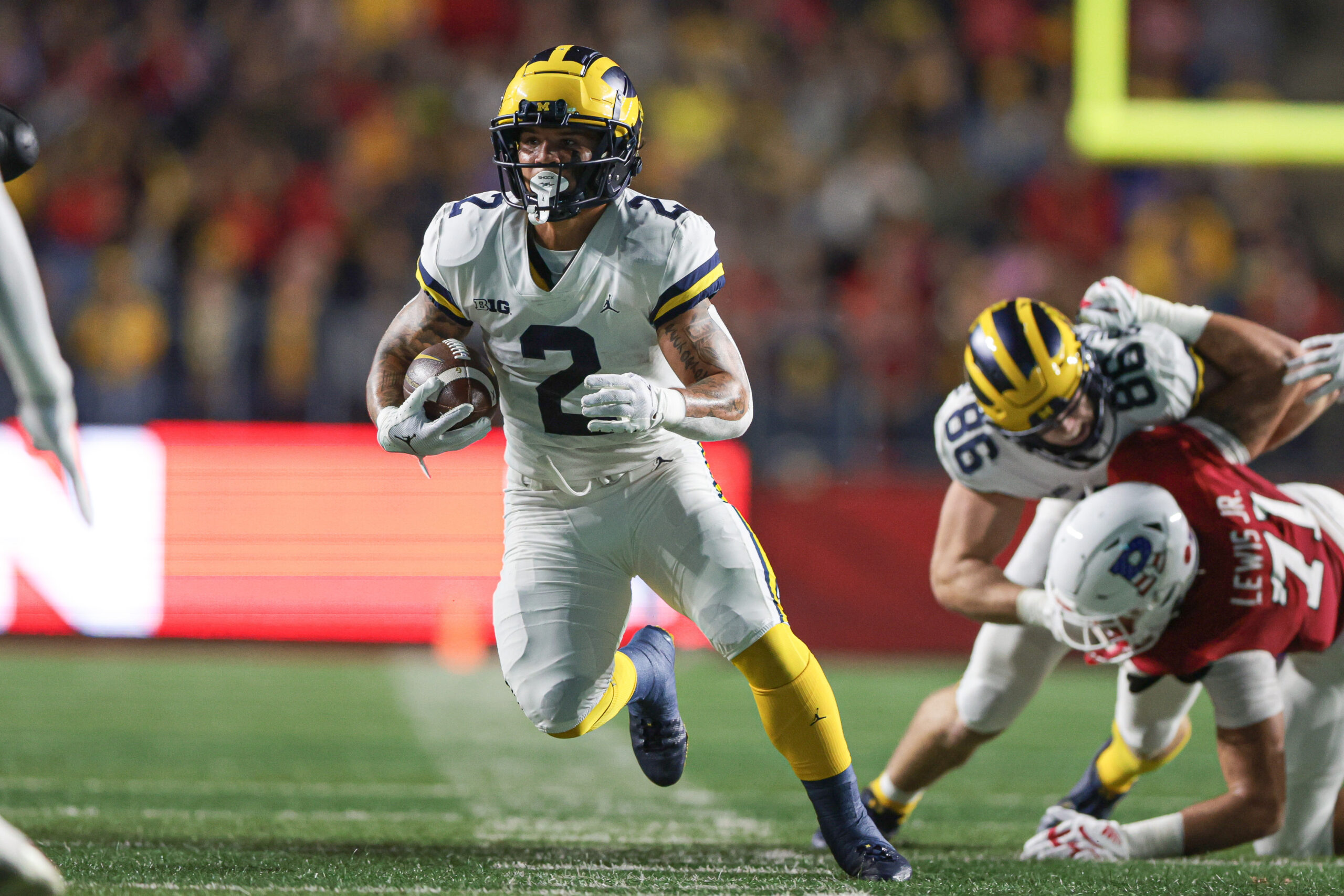
Michigan State: Fix the Passing Defense
Sparty’s run defense wasn’t great, but their pass coverage was significantly worse. Only Indiana gave up more yards and touchdowns in the Big Ten than MSU’s 237.9 yards and twenty-six scores, but nobody could top their 66.4% opposing completion percentage. Worst off, Michigan State had the fewest interceptions in the entire country with only two. The 2021 team had similar coverage problems to this past year, and it’s the biggest reason for Mel Tucker already being on the hot seat.
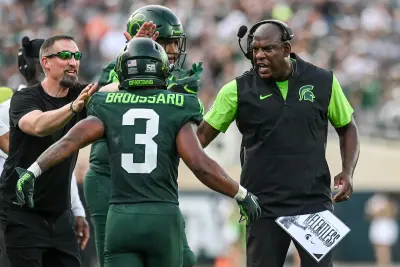
Minnesota: Work on the Passing Offense
Similarly to other Big Ten West schools, Minnesota has a run-first offense which resulted in only 182.2 yards a game, good for twelfth in the Big Ten. PJ Fleck’s team did have two games with over 300 passing yards, but also three games (two of them being losses) below 100 yards. After splitting time with Tanner Morgan last season, Athan Kaliakmanis will likely take over as the full-time starter in 2023, so we’ll see if he can improve the Gophers’ passing attack.
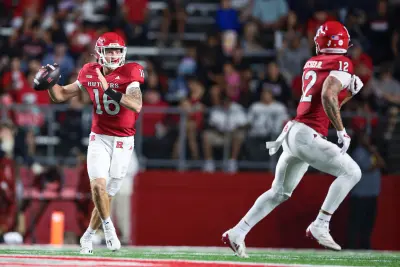
Nebraska: Improve the Rushing Defense
Scott Frost’s midseason firing finally helped Nebraska win some close games, but interim Mickey Joseph couldn’t fix the rush defense. Nebraska gave up the bottom three Big Ten numbers of 189.1 rushing yards per game, 4.5 yards per carry, and twenty-two touchdowns. This includes giving up 312 yards and four touchdowns against Oklahoma; 7.9 yards per carry, and five touchdowns against Georgia Southern. Matt Rhule has a big rebuild on his hands in Lincoln and stopping the run should be at the top of his fix list.
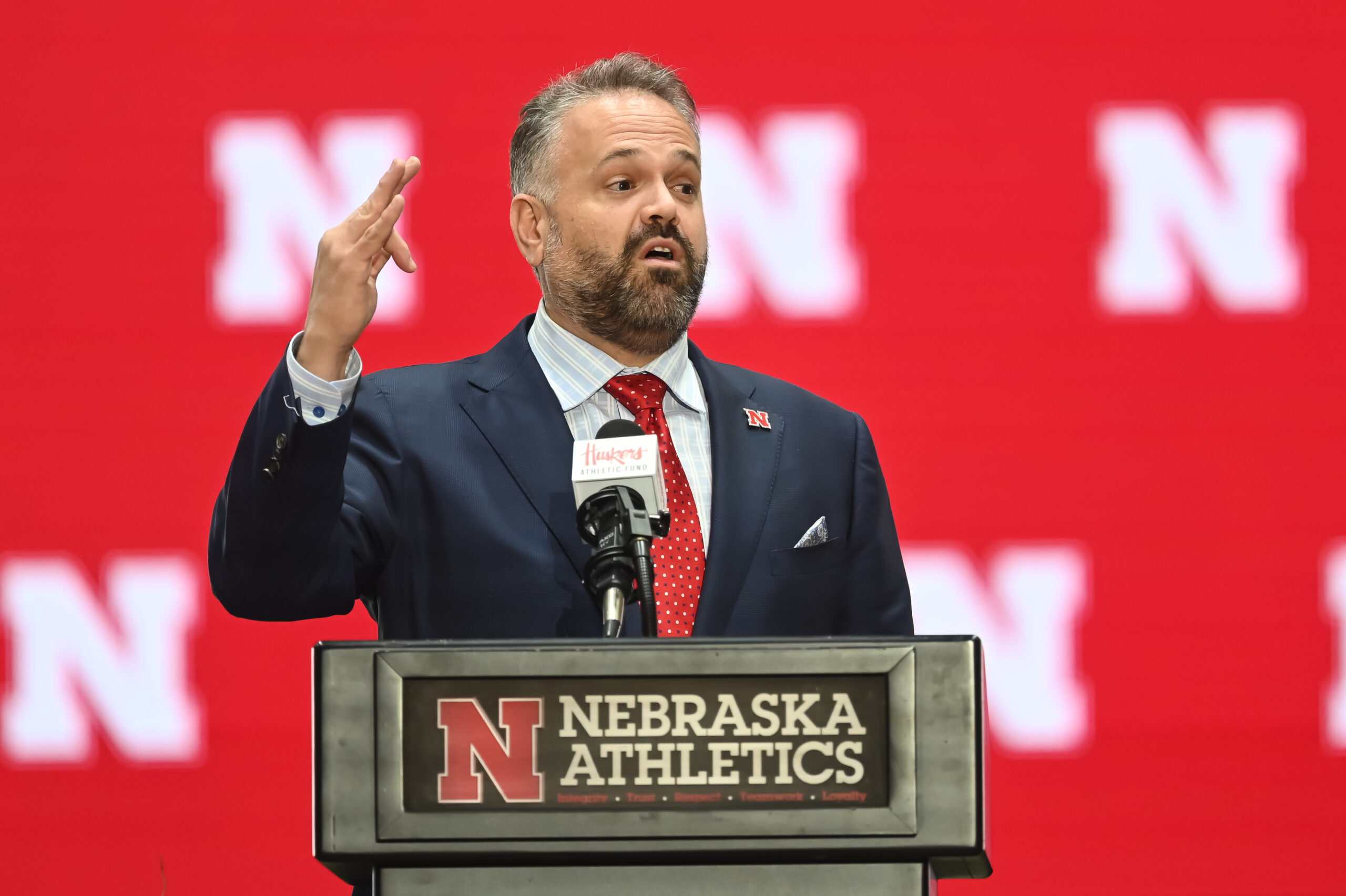
Northwestern: Play More Games Outside America
The numbers don’t lie: Northwestern was a winless 0-11 playing in America and won their only game in Ireland against Nebraska. With the exception of pass defense, Northwestern was in the bottom half of all major stats in the conference. Meanwhile, in Ireland, the Wildcats scored their season high in points and finished with their second-most rushing yards, passing yards, and second-fewest rushing yards allowed. Sure this performance was also against a Scott Frost-led Nebraska, but I like to think it was because the game was outside the United States of America.
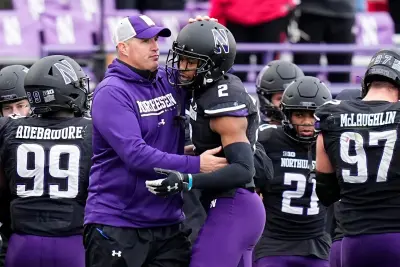
Ohio State: Improve the Defense in Big Games
Jim Knowles was brought to Columbus via Stillwater last offseason to fix the defense, particularly after Michigan ran all over them. Knowles’s defense was better overall than Kerry Coombs’, giving up 1.6 and 62.7 fewer points and yards but had a similar nightmare game against the Wolverines. Knowles had a chance to redeem himself against Georgia but once again allowed over 500 yards and forty points in a loss. As good as the Buckeyes’ offense is, they can’t outscore the best teams and need a better performance on defense.
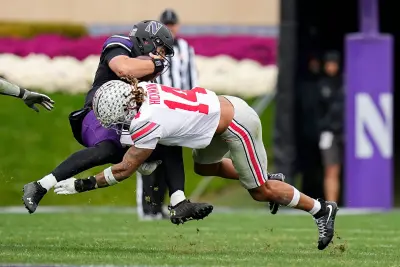
Penn State: Beat Michigan and/or Ohio State
The 2022 Penn State team was good enough to win eleven games and the rose bowl, but not good enough to beat division rivals and playoff teams Ohio State and Michigan. The Nittany Lions haven’t beaten the Buckeyes since 2016, and have lost their last two against the Wolverines. James Franklin’s program has become a second-tier team, which will not change until they break past the division giants. 2023 looks like the best chance for Penn State to do this in a while with Drew Allar leading a talented roster.
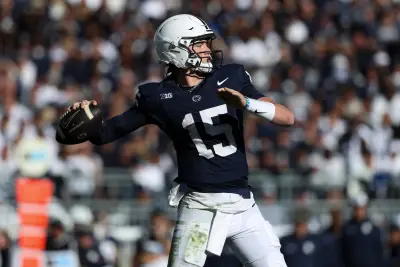
Purdue: Stop throwing picks
Purdue’s air raid zagged to the Big Ten West’s power run’s zig to represent the division in Indianapolis. However, the system has flaws like being tied for the most interceptions in the conference with seventeen. When you throw as much as Purdue while playing some elite defenses, picks are bound to happen but more than one a game is too much. Jeff Brohm is at Louisville now and former Illinois defensive coordinator Ryan Walters replaced him, so I think Purdue will throw less, which in turn means fewer interceptions.
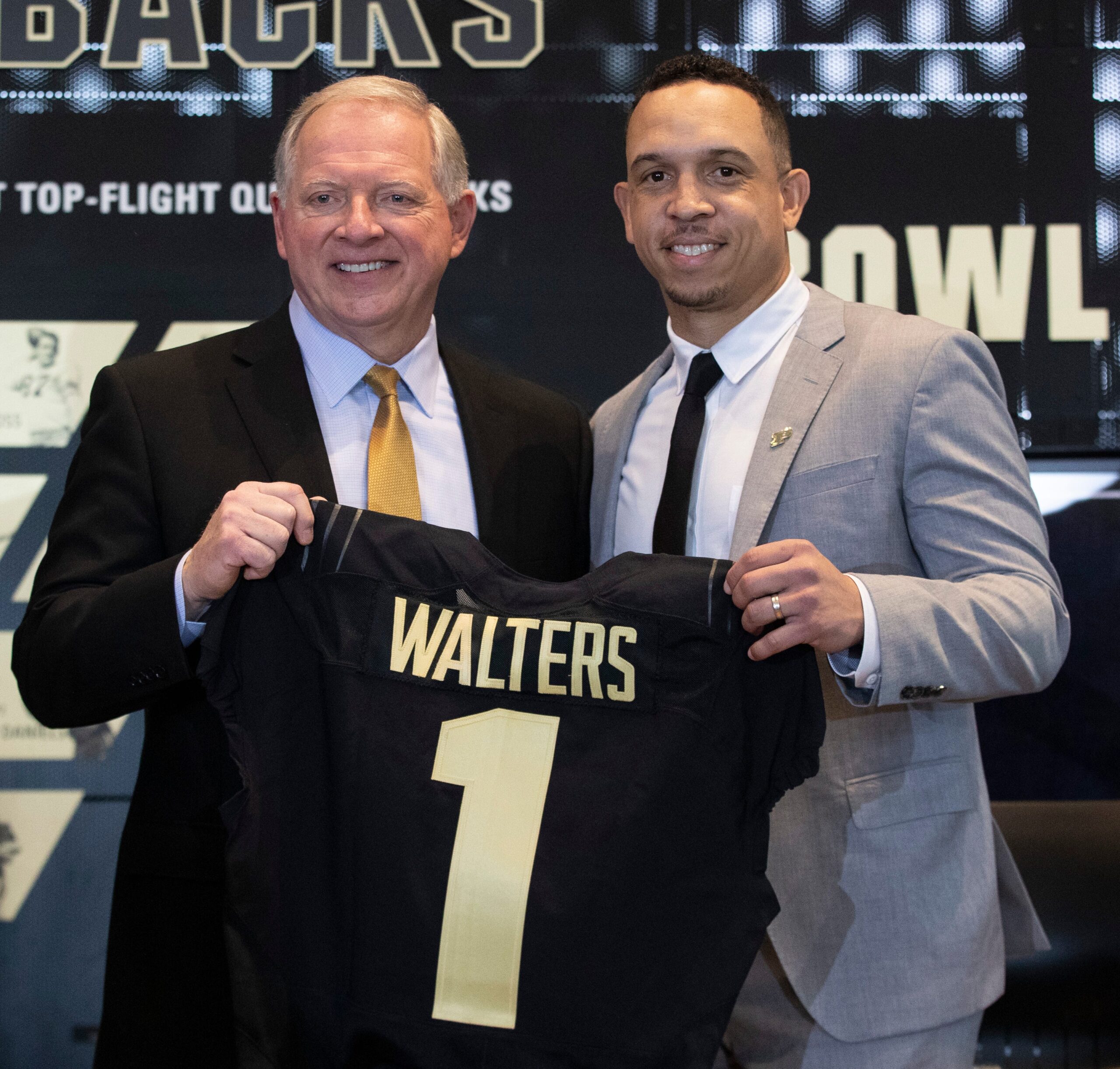
Rutgers: Overhaul the Passing Offense
Despite popular belief, the offense with the fewest passing yards per game in the Big Ten was not Iowa, it was Rutgers. Throwing for a Big Ten-low 153.9 yards each contest and completing 50.9% of passes is not a recipe for success and it showed in a 4-8 record and second to fewest 17.4 points per game. Greg Schiano’s team also couldn’t find consistency at the quarterback position, starting four different players. The passing offense is a must-improve as Rutgers is otherwise talented enough to make their first non-covid-affected bowl game since 2014.

Wisconsin: Force and Recover Fumbles
The Badgers were the worst Big Ten team at both forcing and recovering fumbles. While they did recover 75% of forced fumbles, that number was a measly three fumbles. New coach Luke Fickell should be able to fix this as his Cincinnati Bearcats forced a much better eleven fumbles, recovering nine which would have been third in the Big Ten.
